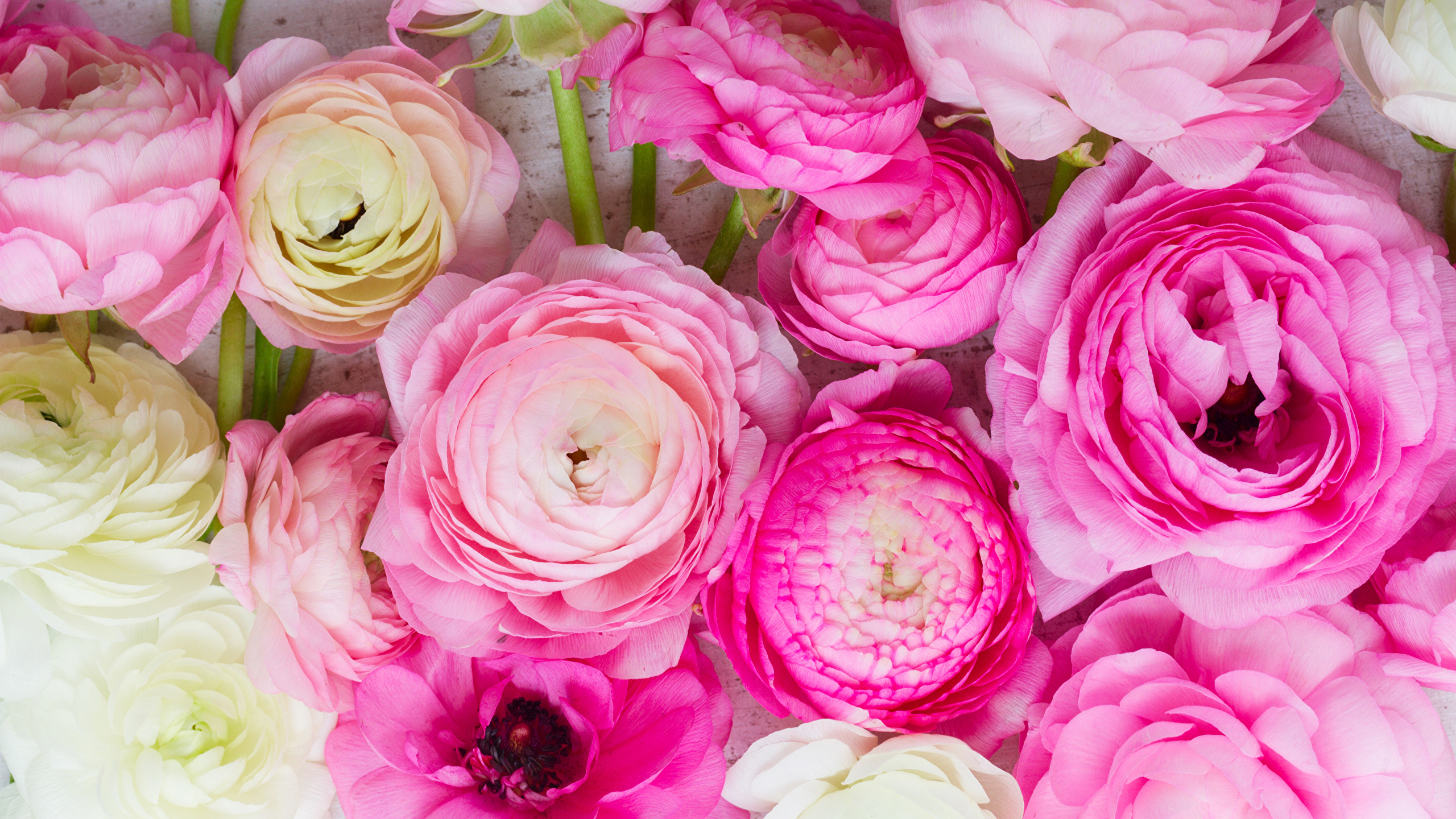
Licence: Creative Commons
Common Name: Persian buttercup
Type: Bulb
Family: Ranunculaceae
Zone: 8 to 10
Native Range: Southern Europe, southwestern Asia
Height: 1 to 2 feet
Spread: 1 to 2 feet
Bloom Time: May to June
Bloom Color: Pink, Purple, Red, White, Yellow
Bloom Description: Red, pink, purple, yellow or white
Rannunculus
history:
Ranunculus has its origins in the middle east. It is a genus containing about 600 species of plants. Ranunculus is a part of the Ranunculaceae family. Some examples of the plants belonging to the genus includes the buttercups, water crowfoots and the lesser celandine. Today, these flowers thrive throughout the world, in both eastern and western gardens.
Ranunculus flowers is the epitome of charm and charisma. A bouquet of these flowers is supposed to convey the message “ I am dazzled by your charms”.
mythology:
The name Ranunculus in late Latin means "little frog," The meaning of “Rana” in late Latin is "frog". In fairy tales frogs are often found to be turned into a prince. This is thought to be the connection between the story of the prince and the origin of the name Ranunculus.
Once upon a time there lived an Asian prince. He was very good-looking. He had a lovely voice and sang beautiful songs in the presence of nymphs. One day, he met a nymph and fell in love with her. They met often but he could not bring himself to declare his love for her. This haunted him so bad that he soon died. When he died, he was transformed into the delicate tissue-like flowers that bears his name.
The association of the meaning of the word Ranunculus with frog is thought to be because these flowers are generally found in swampy areas, like the frogs. -
Ranunculus has its origins in the middle east. It is a genus containing about 600 species of plants. Ranunculus is a part of the Ranunculaceae family. Some examples of the plants belonging to the genus includes the buttercups, water crowfoots and the lesser celandine. Today, these flowers thrive throughout the world, in both eastern and western gardens.
Ranunculus flowers is the epitome of charm and charisma. A bouquet of these flowers is supposed to convey the message “ I am dazzled by your charms”.
mythology:
The name Ranunculus in late Latin means "little frog," The meaning of “Rana” in late Latin is "frog". In fairy tales frogs are often found to be turned into a prince. This is thought to be the connection between the story of the prince and the origin of the name Ranunculus.
Once upon a time there lived an Asian prince. He was very good-looking. He had a lovely voice and sang beautiful songs in the presence of nymphs. One day, he met a nymph and fell in love with her. They met often but he could not bring himself to declare his love for her. This haunted him so bad that he soon died. When he died, he was transformed into the delicate tissue-like flowers that bears his name.
The association of the meaning of the word Ranunculus with frog is thought to be because these flowers are generally found in swampy areas, like the frogs. -
